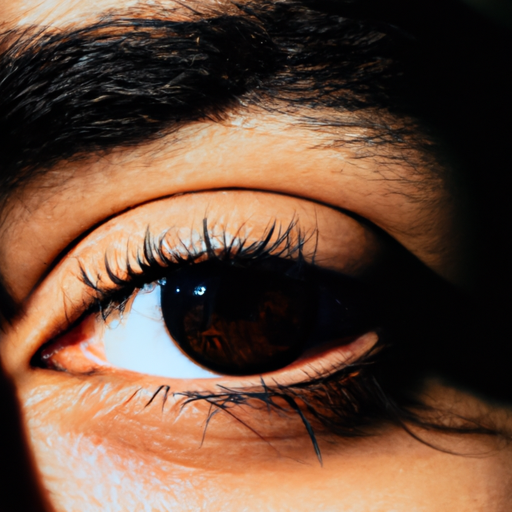As a medical professional, I often encounter patients who are concerned about their appearance, particularly the area around their eyes. Baggy eyes or under-eye bags are a common issue that can make individuals appear tired, older, and less vibrant. Fortunately, there are several effective solutions to this problem. This article will serve as your ultimate guide to banishing baggy eyes and achieving a fresher look.
Baggy eyes are typically a result of aging, lifestyle habits, or simply genetics. As we age, the tissues and muscles around our eyes weaken, causing fat that supports the eyes to migrate into the lower eyelids, creating a puffy or swollen appearance. Fluid can also accumulate in this area, adding to the puffiness. Lack of sleep, smoking, allergies, and high-salt diets can exacerbate the issue.
The first step in addressing baggy eyes is to evaluate your lifestyle habits. Are you getting enough sleep? Are you maintaining a balanced diet? Are you smoking or consuming alcohol excessively? All these factors can contribute to the appearance of your eyes. Aim for seven to nine hours of sleep per night, maintain a diet rich in fruits, vegetables, lean proteins, and whole grains, and limit your intake of salt, alcohol, and tobacco.
Hydration is another key factor in maintaining a fresh appearance. Drinking plenty of water helps flush out toxins from your body and reduces salt concentration around your eyes. Additionally, using a cold compress can help reduce swelling and puffiness. Simply place a chilled spoon, cucumber slices, or a bag of frozen peas on your eyes for about 10 minutes.
Skincare products specifically designed for the eye area can also be beneficial. Look for creams or serums that contain retinol, hyaluronic acid, peptides, or vitamin C. These ingredients can help tighten and brighten the skin around your eyes. Always apply these products gently to avoid causing further damage to the delicate skin in this area.
If lifestyle modifications and skincare products aren’t enough, there are medical treatments available. Non-surgical options include dermal fillers and laser resurfacing, which can help smooth out the skin and reduce the appearance of bags. More invasive procedures, such as blepharoplasty (eyelid surgery), can remove or reposition fat in the lower eyelids. These treatments should be considered as a last resort and discussed thoroughly with a qualified healthcare provider.
In some cases, baggy eyes may be a sign of an underlying health condition like thyroid disease or kidney problems. If you notice sudden or severe changes in the appearance of your eyes, it’s important to seek medical attention.
In conclusion, while baggy eyes can be a frustrating aesthetic issue, there are numerous strategies to combat them. By adopting healthy lifestyle habits, using appropriate skincare products, and considering medical treatments if necessary, you can significantly reduce the appearance of under-eye bags. Remember, it’s always best to consult with a healthcare provider before starting any new treatment regimen. With the right approach, you can banish baggy eyes and enjoy a fresher, more youthful look.



